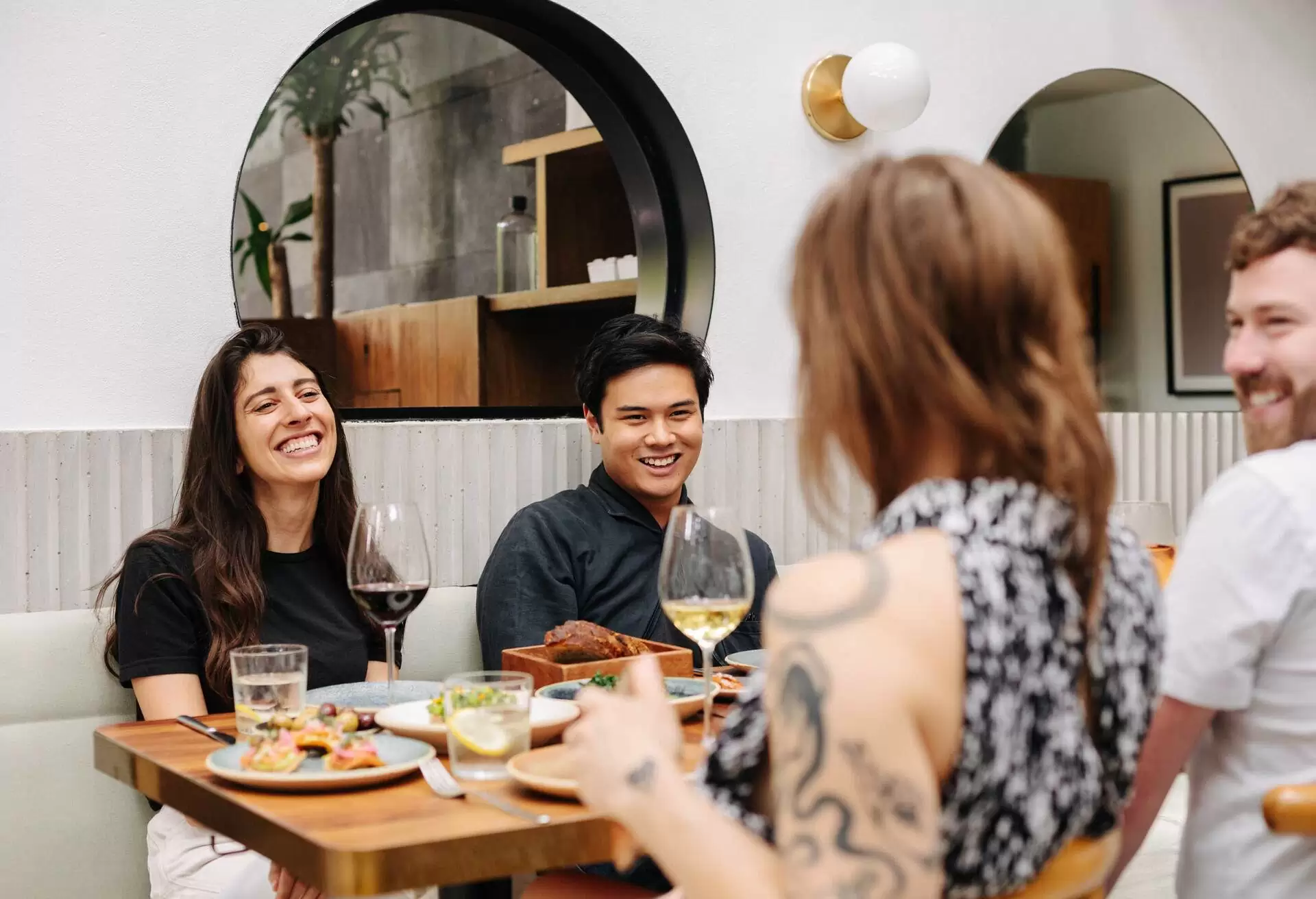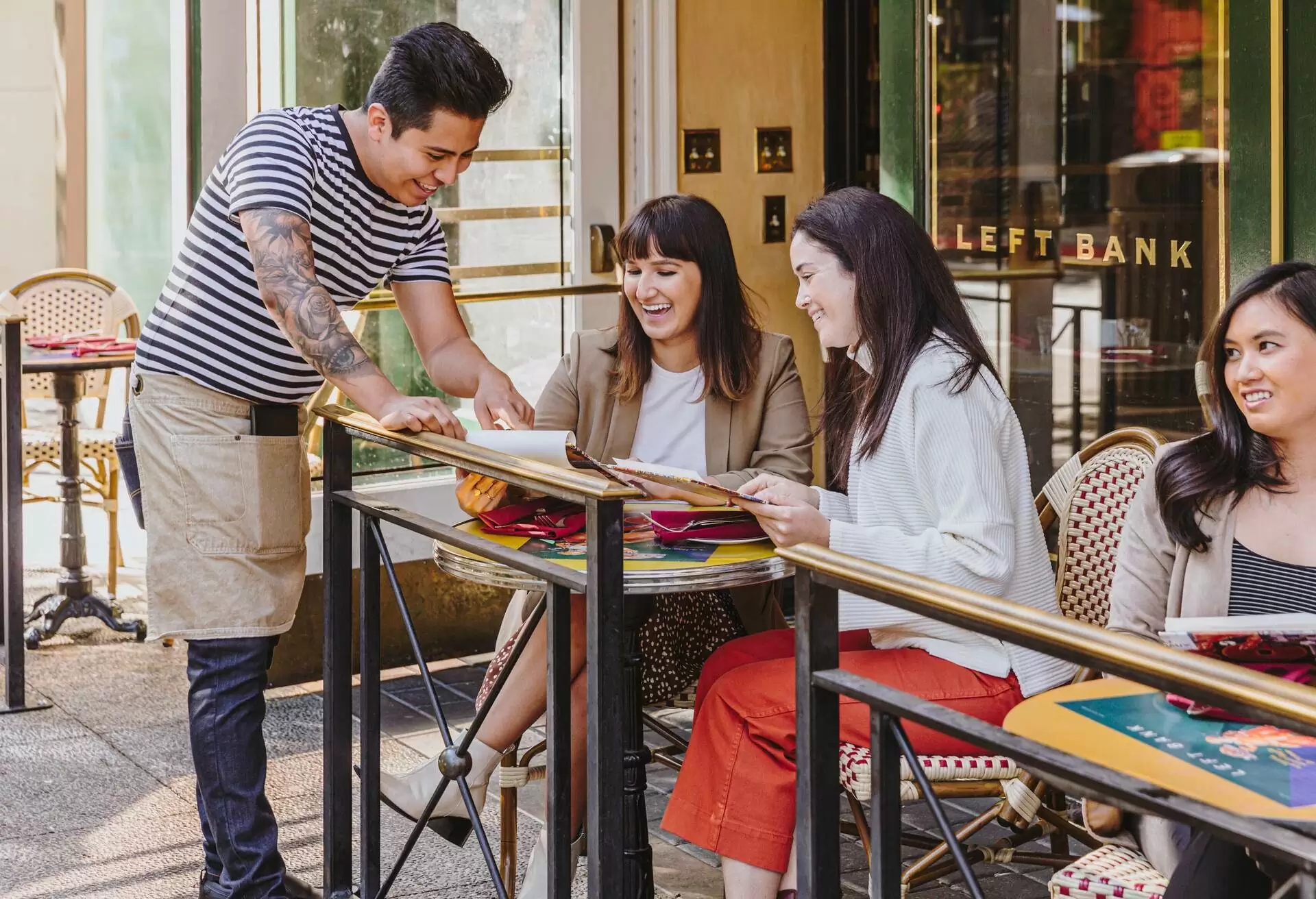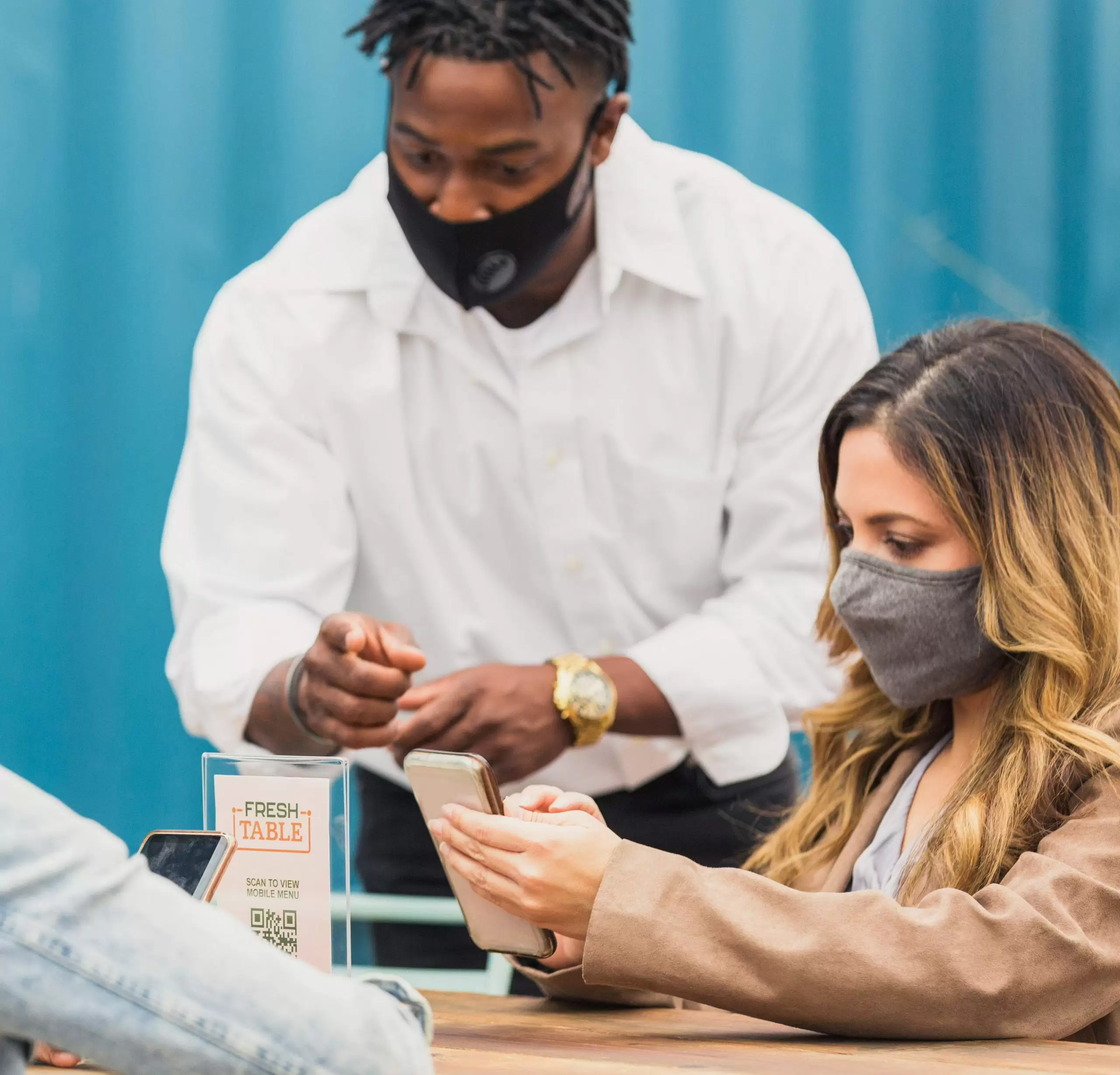It’s a known fact that the long-term success of your restaurant depends on the relationships you create and maintain with guests over time. Relationships are at the heart of the hospitality business, so nurturing them is important.
While we view interaction between servers and diners as an important part of how they feel about your restaurant, the connection starts before they take a seat at your table. It begins before they ever make a reservation, and continues well after they’ve dined with you.
Creating ongoing relationships with your guests makes good business sense: According to studies from Harvard Business Review, acquiring new customers can be anywhere from 5 to 25 times more expensive than retaining past customers. Plus, people love to talk about their favourite restaurant, and 81% of people trust recommendations from family and friends over those from companies, according to research from HubSpot. So your regulars are also a premier acquisition channel for your restaurant.
Here are some tips to turn guests into lifelong fans by building great relationships with them—before, during, and after their visit.
Before
Early preparation is key for maintaining a strong relationship – similar to how we all get spruced up before those first dates we hope lead to another date. You can build great relationships with your guests by starting before they arrive in your restaurant. Here’s how:
Connect with creative emails
If you’re lucky enough to have a good subscriber list, then you’ll know you’re doing something right to get them there! It means they want to hear from you, whether that’s a weekly or monthly newsletter, it will help keep your restaurant top of mind.
Use your favourite email marketing tool to send messages that promote your current specials, talk up new menus, or announce upcoming events—anything that might draw a diner in will make a good email.
You can also use guest insights to power relevant, targeted engagement when you connect your email marketing system with OpenTable. A newsletter is a good place to explain any new policies, such as face masks, turn times, and credit card deposits, anticipating your diners’ questions before they even ask them.
Spend extra time on your OpenTable profile
Your OpenTable profile page is an opportunity to demonstrate all your restaurant has to offer. The potential for connection goes unused if you don’t add some tender loving care to this page.
Take the extra time to regularly update your menus, and let guests know about your latest delivery options. A photo can speak a thousand words so make sure to upload photos that showcase your best-loved dishes and inviting atmosphere. And finally, don’t forget to highlight your safety precautions.
Interact with your followers on social media
Just as the people on your email list want to hear from you, the people following your social media accounts similarly have an interest in getting to know you better. Glimpses into your kitchen staff and photos of your food are all ways to show them what’s going on in the background. Use the platforms to promote events or special menus.
The word “Social media” has the word social in there for a reason – and that means being able to interact with people. Ask questions, get feedback, and respond to comments on your posts. Social media is a great way to build relationships that start online but end up playing out in your restaurant for years to come.
Confirm with all the info guests need
Customise and resend booking confirmations to keep your guests in the know before every reservation (remember: OpenTable automatically confirms reservations through text and email). This helps guests understand what to expect when coming to dine.
With relationship management tools like custom, automated emails, you can add that personal touch for returning guests, maybe reaching out in advance to share special happenings for the evening, like live music or your new seasonal menu.
Train your staff on communication cues
Whether a guest is at the front desk, on the telephone or on Facebook, preparing your staff to talk to diners is important to maintaining relationships with your guests. With an ever growing team of staff you probably can’t personally interact with every guest in multiple channels. As your team represents you, they should understand what you expect.
Provide training in the kind of hospitality that people come back for, including how to read nonverbal cues. Your servers should know how to gauge whether guests want to be walked through the menu or they’d rather have some space, for example. Pre-shift reports can also help with keeping tabs on VIPs and top spenders before they arrive. Now you can easily anticipate and personalise service with a greater understanding of guest preferences and dining history.
With guest notes and tags you can train servers to keep track of unique preferences (like a love for a corner table), that way your whole team can personalise service the next time they visit.
During
You know it’s show time when your guests arrive. But it’s easy to miss out on all the little opportunities during their time with you to connect and create special moments. Here’s what you need to know to build your relationships with diners during their visit:
Make your greeting stand out
Keep using your pre-shift report to greet your returning diners by name. While it might be simple for some – saying hello to every guest by name can go a long way toward making your guests feel important. This is the perfect time to verbally remind them of any safety precautions and relevant procedures, such as checking in to the NHS app or wearing masks.
Manage expectations about wait times
The thought of having to wait for your table is a sour one and not the best start to your relationship with a guest, particularly if it’s prolonged much longer than anticipated. While this is unavoidable at times, with automatic table statusing, your hosts know exactly what’s happening at any given table, from starters to dessert. Now hosts can provide guests with accurate wait times and seat parties as quickly as possible, without needing to repeatedly walk the dining room.
Personalise service
When servers give thoughtful recommendations based on a guest’s past visits and use this knowledge to customise service, it makes them feel like they’re truly being taken care of. Use in-depth guest profiles to gain a deeper understanding of preferences on wine, dishes they liked or didn’t like, and information about special occasions they’re celebrating soon. You may want to offer a special tasting menu with the chef on their 4th visit. It’s the simple things that go a long way and make a mark on their experience with you.
After
Once your guest has finished their dessert and coffee and walks out the door doesn’t mean it’s over. On the contrary, it’s just the start of building that lasting connection. Check out how to keep a good thing going after diners leave the restaurant (and keep them coming back for more):
Send a survey
With post-dining surveys you can get guest feedback straight from the source and take learnings on how to make your restaurant better. The survey can be easily customised to align with your branding, so your restaurant can be celebrated on every survey. It’s a compelling way to upgrade your hospitality while ultimately building strong relationships with guests.
Respond to feedback
Being proactive and responding to reviews – positive and negative – will highlight that their feedback is being valued and considered, therefore strengthening relationships with your guests. When empowered with the right reputation management tools, you can handle all incoming reviews from popular sources like OpenTable, Google, and Facebook, plus your custom surveys. That way, you can easily manage what people are saying and encourage more of what is working. There is also the opportunity to turn a negative experience into a positive one, saving and fostering a positive relationship and hopefully reversing any below par reviews.
Like with any relationship, building a strong one takes time and regular attention. The good news is, it doesn’t have to be impossible work when you use these tips and tools to help you get there.
Share guests’ social media posts
You probably have a bigger audience on social media than most of your diners, and they love to see their photos shared in your feed. When a guest tags you in their own post sharing a crave-worthy photo or glowing comments about their recent meal with you, think about liking it, re-sharing it with their handle, or thanking them in the comments. It makes them feel special and creates more positive buzz for you, win-win!






